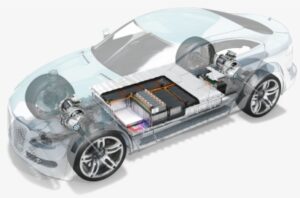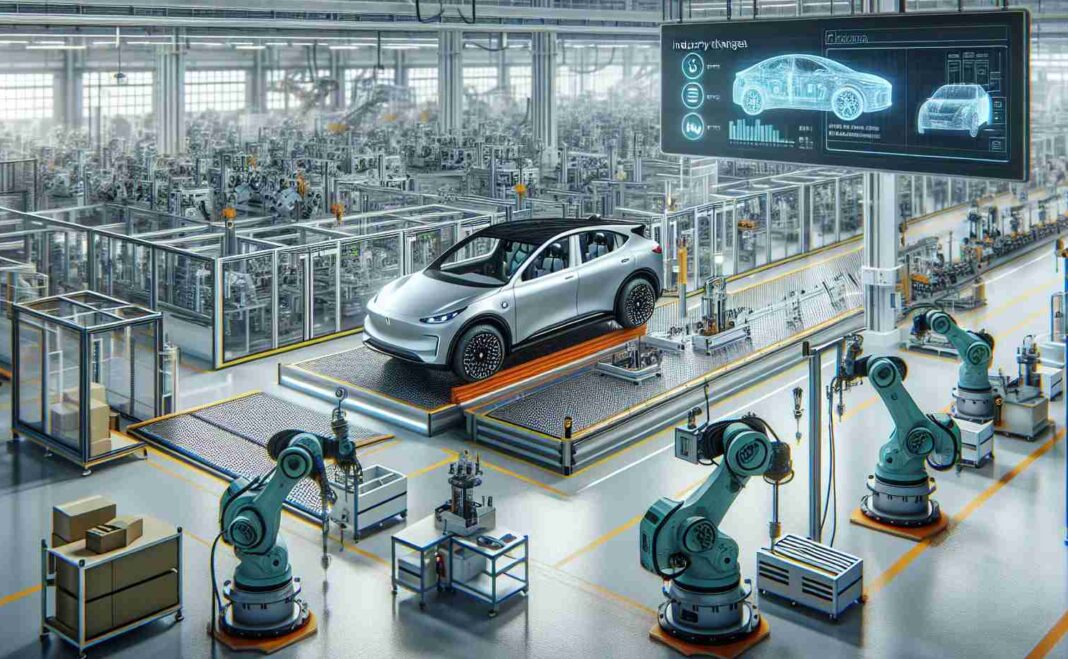EV Castings: Revolutionizing the Electric Vehicle Industry

Introduction
As the demand for electric vehicles (EVs) continues to surge, the need for efficient and reliable components becomes paramount. EV castings have emerged as a game-changer in the industry, providing lightweight and durable solutions. In this article, we will explore the world of EV castings, their significance, and how they are revolutionizing the electric vehicle industry.
EV Castings: What Are They?
EV castings refer to the manufacturing process of producing intricate parts and components for electric vehicles using casting techniques. These castings are typically made from lightweight materials such as aluminum, magnesium, or even high-strength steel. The casting process involves pouring molten metal into a mold, allowing it to solidify in the desired shape.
Why Are EV Castings Important?
- Weight Reduction: One of the biggest advantages of EV castings is their lightweight nature. By using lightweight materials and intricate casting techniques, manufacturers can significantly reduce the overall weight of an electric vehicle. Lighter vehicles result in improved range, better energy efficiency, and enhanced performance.
- Design Flexibility: EV castings offer design flexibility, allowing manufacturers to create complex shapes and unique designs that are not possible with traditional manufacturing methods. This freedom in design opens up countless possibilities for optimizing aerodynamics, space utilization, and overall vehicle performance.
- Increased Efficiency: With their ability to integrate multiple functions into a single casting, EV castings eliminate the need for separate components, reducing assembly time and costs. This integration of functions improves the efficiency of electric vehicles and minimizes potential points of failure.
- Cost Savings: EV castings can lead to significant cost savings in the production process. By eliminating the need for multiple parts and simplifying the assembly process, manufacturers can reduce labor costs, material expenses, and overall production time.
The Evolution of EV Castings

Over the years, the development of EV castings has undergone a significant transformation. Advancements in casting techniques, materials, and manufacturing processes have propelled the industry forward, making EV castings more viable than ever before.
Conventional Casting Techniques
Initially, sand casting was the primary technique used for producing EV castings. This method involved creating a mold made of sand and pouring molten metal into it. While effective, sand casting lacked precision and resulted in imperfect finishes. However, it laid the foundation for further advancements in the field.
Advanced Casting Technologies
- Die Casting: Die casting emerged as a major breakthrough in EV casting technology. This technique involves injecting molten metal into a steel mold, creating accurate and consistent parts. Die casting permits high production volumes, making it suitable for mass production of EV components.
- Investment Casting: Investment casting, also known as lost-wax casting, is another popular method used in EV casting. It involves creating a wax model, coating it with a ceramic material, and then melting the wax to leave behind a hollow ceramic mold. Molten metal is then poured into the mold to produce high-quality, intricate castings.
- Permanent Mold Casting: Permanent mold casting utilizes a reusable mold made of metal, typically steel or iron. This technique allows for high production rates and improved surface finishes. Permanent mold casting is commonly used for casting components such as wheels and engine parts.
The Future of EV Castings
EV castings are ready to assume a fundamental part in forming the fate of the electric vehicle industry. As innovation keeps on developing, headways in materials, projecting strategies, and quality control will additionally improve the presentation and dependability of EV castings. With the continuous push toward manageability and greener transportation arrangements, the interest for electric vehicles will keep on soaring. This flood sought after will thusly drive the requirement for proficient, lightweight, and savvy parts, further featuring the significance of EV castings.

All in all, EV castings have upset the electric vehicle industry by giving lightweight, solid, and financially savvy arrangements. With their tremendous potential for weight decrease, plan adaptability, expanded proficiency, and cost reserve funds, EV castings are making ready for a greener and more maintainable future on our streets. As the business keeps on advancing, the fate of EV castings looks more splendid than at any other time.


